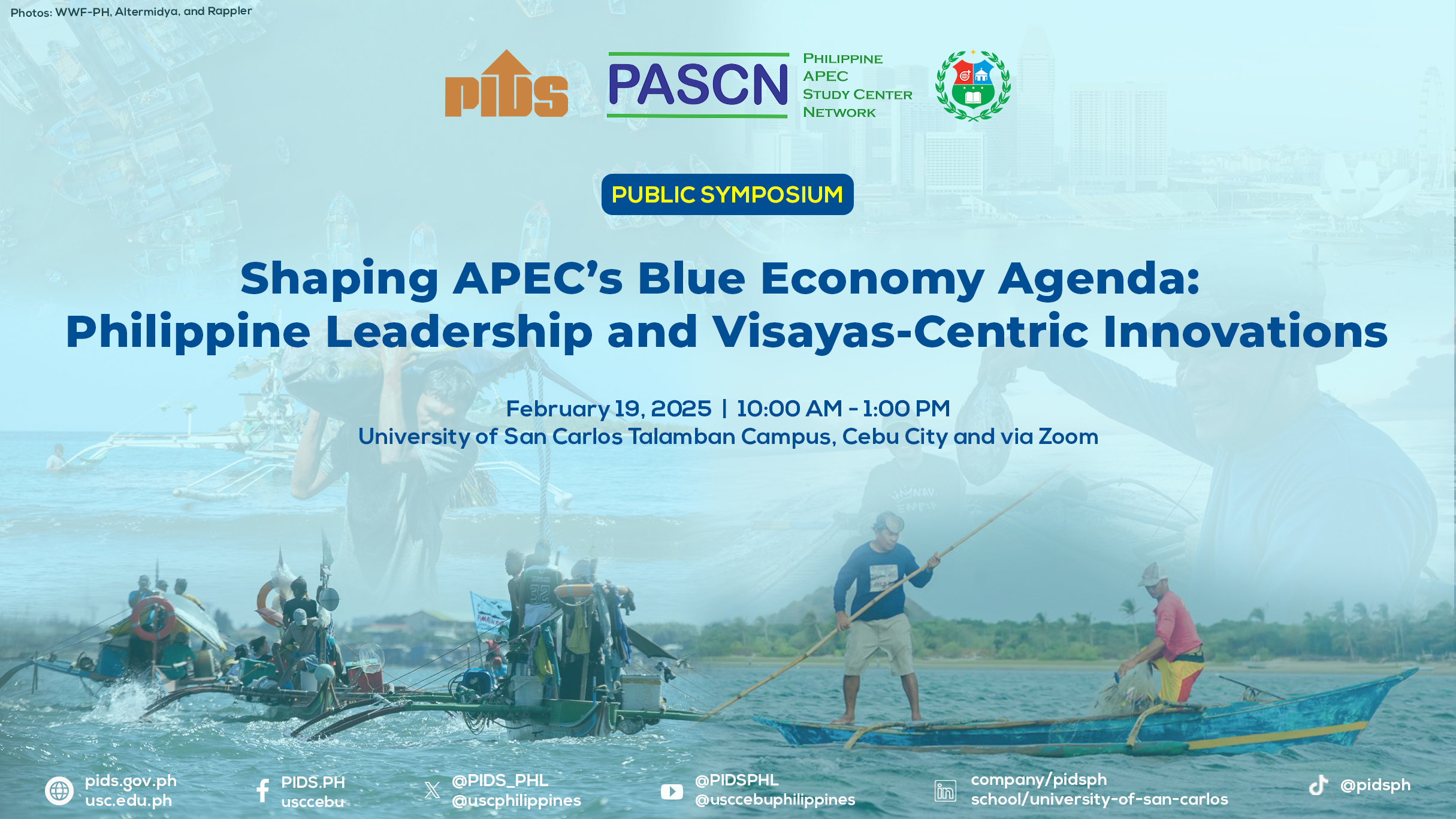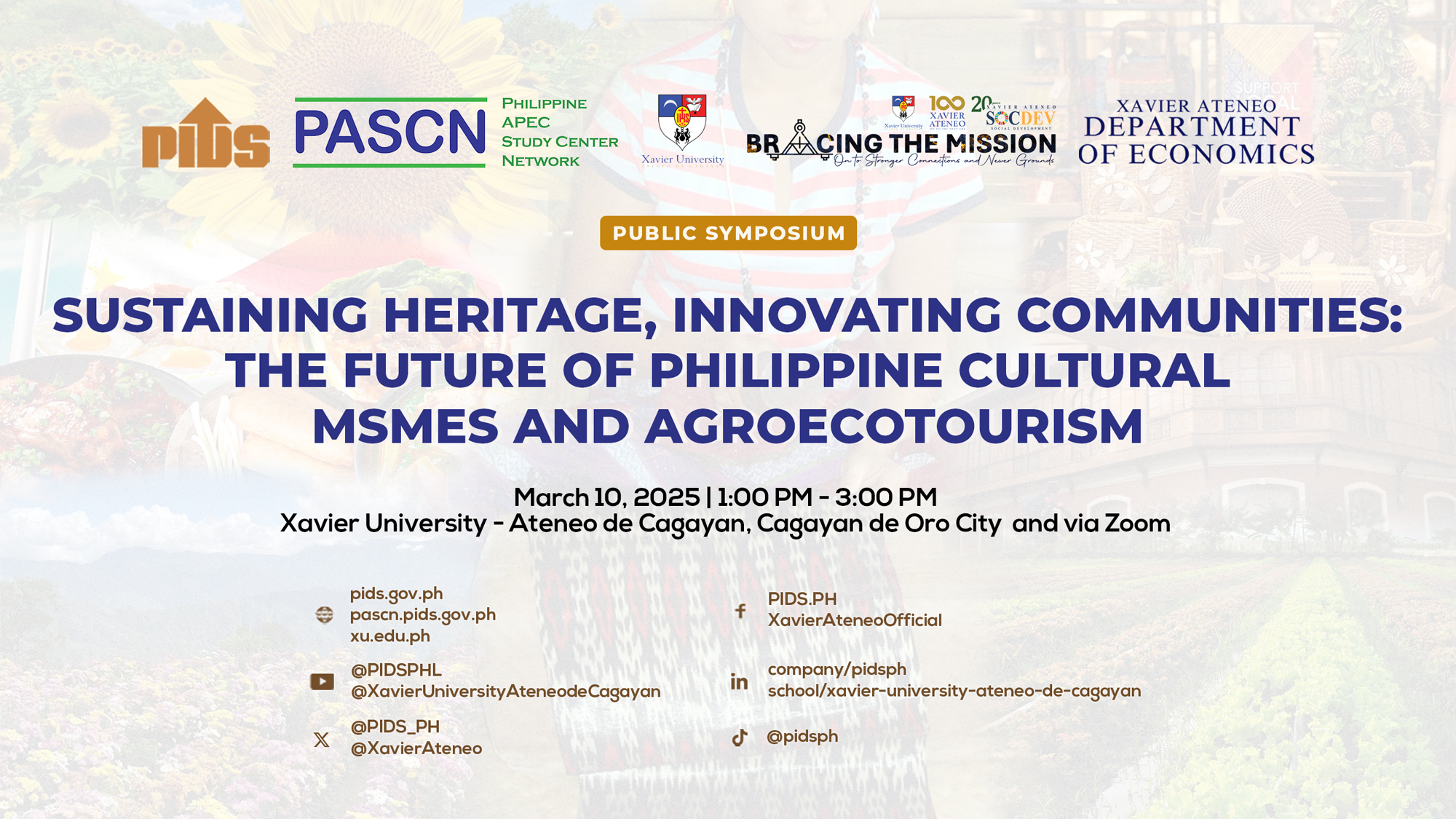ALLEN S. QUIMPO is more at home in another house. But, instead of mature lawmakers, the former chairman of the House Committee on Education is rubbing elbows with millennials as president of Northwestern Visayan Colleges, a private tertiary-educational institution.
The three-term representative has also been at home with the roll out of the “Enhanced Basic Education Act,” a law known for rolling out the K to 12 Program.
According to Quimpo, on a national scale, private schools are more ready with the full implementation of Republic Act (RA) 10533.
“Ang public school kasi, kahit na basic infrastructure, the buildings, hindi pa kumpleto,” he told the
BusinessMirror. Indeed, Quimpo is echoing an Asian Development Bank (ADB) data four years ago that forecast some 10,000 classrooms in existing private junior high schools (JHSs) likely to be available for the senior high-school (SHS) program this school year (SY).
This year is a crucial point in RA 10533, which extends the basic education cycle to include two additional years at the secondary level. A report by the Commission on Higher Education (ChEd) last year said the SHS will be rolled out nationwide beginning with Grade 11 this year, followed by Grade 12 in 2017.
According to the ADB report cited by the Philippine Institute on Development Studies (Pids), the rollout of the SHS would see a scarcity in the supply of classrooms even in private schools by about 9,000.
“Meanwhile, if the Department of Education [DepEd] were to provide the places needed to accommodate all the students who are projected to enter public SHSs, it has to build close to 27,000 new classrooms by SY [school year] 2016-2017 and an additional 23,812 classrooms by SY 2017-2018,” Pids Senior Research Fellow Rosario G. Manasan wrote in her report.
The addition of two years in the secondary high school, however, was just one of the plans when Quimpo was with other lawmakers still working out what is now known as the K to 12 Program.
Options
ACCORDING to Quimpo, lawmakers had two options prior to RA 10533, one of which was adding the additional years in tertiary education.
Nonetheless, he admits the push for the adding two years was strong.
“Kasi ang demand ng international [market] talagang kulang tayo ng two years,” Quimpo said, who added he prefers the current SHS. He explained this preference is also due to the fact that 85 percent of the country’s schools are privately owned.
“Saka walang mandate yung gobyerno to provide scholarship sa college,” Quimpo said. “Kung mayroon man kokonti lang, between 10 percent to 15 percent.”
He said he prefers the SHS because the government is mandated to provide financial support to the education sector.
“Meron na tayong constitution na free elementary and high school so pag dinagdagan mo yung high school ng two years free pa rin,” Quimpo said. “Although gagastos pa rin ang parents ng baon, transportation, among others, at least ’yung tuition nila may mando.”
Subsidy
QUIMPO said the subsidy given to students is more or less rational.
Quimpo added that in urban areas, like in Manila, is between P21,000 and P23,000 per student a year. That, however, is P9,000 less than what parents want, because the actual cost of a subsidy should be around P32,000 per student.
He said for provincial schools, like in Northwestern Visayas Colleges (NVC), the subsidy is around P17,005 per student.
“That works for us because, for us in NVC, our cost per student is only around P10,000,” Quimpo said. “So with the P17,005, we can afford to give everything for free: entrance fee, miscellaneous, pati tuition. Iniisip ko nga pati libro [be given for free].”
He explained the subsidy is secured by private schools through the DepEd’s Government Assistance to Students and Teachers in Private Education (Gastpe) program, which is enshrined as RA 6728 and amended as RA 8545.
Contracting
THE educational service contracting (ESC) scheme is a program provided for by RA 8545, or the “Expanded” Gastpe. Its main objective is to decongest public secondary schools by “contracting” the excess capacities of private high schools through the provision of subsidies for students who, otherwise, would have gone to the public high schools, according to a briefer by the DepEd.
According to the DepEd, the ESC was identified as a strategy in the 1987 to 1992 Philippine Development Plan, in providing equitable access to education.
From just P5 million in 1986, the ESC budget amounted to 3.61 billion in 2011 and 2012. The program could be regarded as the first public-private partnership in the country’s education sector.
According to Quimpo, the subsidy is given to a student who reaches Grade 7, amounting to P7,005. The same amount is given when a student reaches Grade 8. A yearly P6,500 subsidy is given to a student who reaches Grade 9 and Grade 10. At Grade 11, the student subsidy hits P7,005.However, Quimpo said this amount is the limit the government can subsidize even if the tuition is P30,000 or more. With support from Michea David and Cyril Razon.
To be continued
The three-term representative has also been at home with the roll out of the “Enhanced Basic Education Act,” a law known for rolling out the K to 12 Program.
According to Quimpo, on a national scale, private schools are more ready with the full implementation of Republic Act (RA) 10533.
“Ang public school kasi, kahit na basic infrastructure, the buildings, hindi pa kumpleto,” he told the
BusinessMirror. Indeed, Quimpo is echoing an Asian Development Bank (ADB) data four years ago that forecast some 10,000 classrooms in existing private junior high schools (JHSs) likely to be available for the senior high-school (SHS) program this school year (SY).
This year is a crucial point in RA 10533, which extends the basic education cycle to include two additional years at the secondary level. A report by the Commission on Higher Education (ChEd) last year said the SHS will be rolled out nationwide beginning with Grade 11 this year, followed by Grade 12 in 2017.
According to the ADB report cited by the Philippine Institute on Development Studies (Pids), the rollout of the SHS would see a scarcity in the supply of classrooms even in private schools by about 9,000.
“Meanwhile, if the Department of Education [DepEd] were to provide the places needed to accommodate all the students who are projected to enter public SHSs, it has to build close to 27,000 new classrooms by SY [school year] 2016-2017 and an additional 23,812 classrooms by SY 2017-2018,” Pids Senior Research Fellow Rosario G. Manasan wrote in her report.
The addition of two years in the secondary high school, however, was just one of the plans when Quimpo was with other lawmakers still working out what is now known as the K to 12 Program.
Options
ACCORDING to Quimpo, lawmakers had two options prior to RA 10533, one of which was adding the additional years in tertiary education.
Nonetheless, he admits the push for the adding two years was strong.
“Kasi ang demand ng international [market] talagang kulang tayo ng two years,” Quimpo said, who added he prefers the current SHS. He explained this preference is also due to the fact that 85 percent of the country’s schools are privately owned.
“Saka walang mandate yung gobyerno to provide scholarship sa college,” Quimpo said. “Kung mayroon man kokonti lang, between 10 percent to 15 percent.”
He said he prefers the SHS because the government is mandated to provide financial support to the education sector.
“Meron na tayong constitution na free elementary and high school so pag dinagdagan mo yung high school ng two years free pa rin,” Quimpo said. “Although gagastos pa rin ang parents ng baon, transportation, among others, at least ’yung tuition nila may mando.”
Subsidy
QUIMPO said the subsidy given to students is more or less rational.
Quimpo added that in urban areas, like in Manila, is between P21,000 and P23,000 per student a year. That, however, is P9,000 less than what parents want, because the actual cost of a subsidy should be around P32,000 per student.
He said for provincial schools, like in Northwestern Visayas Colleges (NVC), the subsidy is around P17,005 per student.
“That works for us because, for us in NVC, our cost per student is only around P10,000,” Quimpo said. “So with the P17,005, we can afford to give everything for free: entrance fee, miscellaneous, pati tuition. Iniisip ko nga pati libro [be given for free].”
He explained the subsidy is secured by private schools through the DepEd’s Government Assistance to Students and Teachers in Private Education (Gastpe) program, which is enshrined as RA 6728 and amended as RA 8545.
Contracting
THE educational service contracting (ESC) scheme is a program provided for by RA 8545, or the “Expanded” Gastpe. Its main objective is to decongest public secondary schools by “contracting” the excess capacities of private high schools through the provision of subsidies for students who, otherwise, would have gone to the public high schools, according to a briefer by the DepEd.
According to the DepEd, the ESC was identified as a strategy in the 1987 to 1992 Philippine Development Plan, in providing equitable access to education.
From just P5 million in 1986, the ESC budget amounted to 3.61 billion in 2011 and 2012. The program could be regarded as the first public-private partnership in the country’s education sector.
According to Quimpo, the subsidy is given to a student who reaches Grade 7, amounting to P7,005. The same amount is given when a student reaches Grade 8. A yearly P6,500 subsidy is given to a student who reaches Grade 9 and Grade 10. At Grade 11, the student subsidy hits P7,005.However, Quimpo said this amount is the limit the government can subsidize even if the tuition is P30,000 or more. With support from Michea David and Cyril Razon.
To be continued












